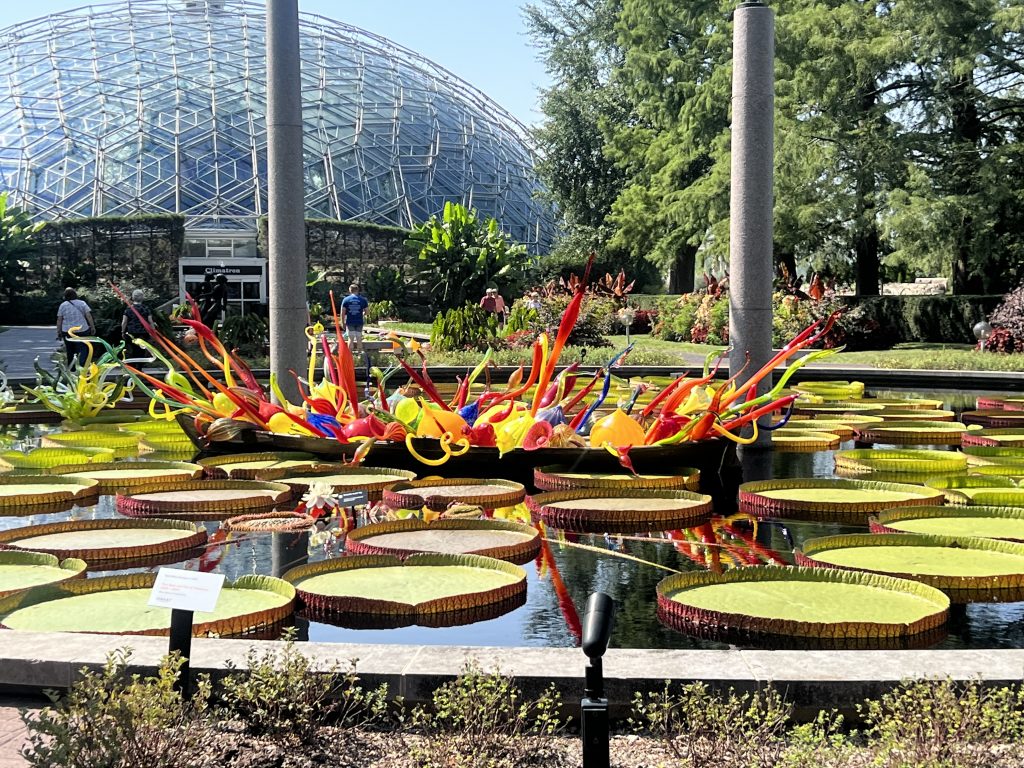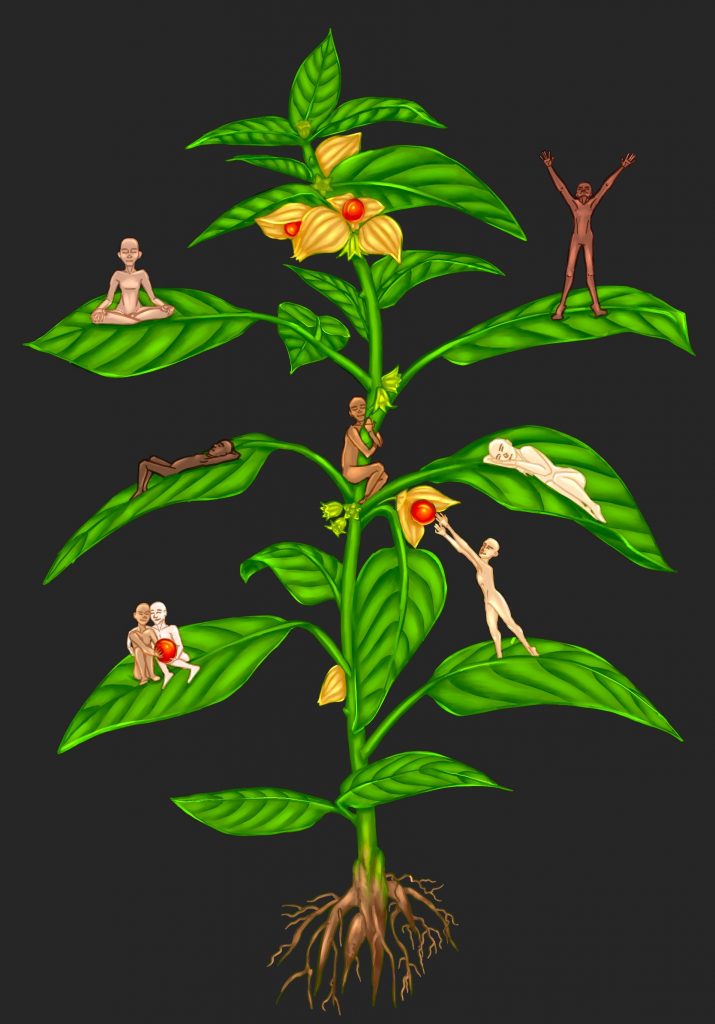Aaliyah Lindsey MC#1: Inequality in Botany

A wicked problem is a social or cultural issue that appears impossible to solve because of how deeply embedded it is in complex systems. Examples of this include poverty, healthcare, world hunger, and sustainability. These kinds of issues simply do not rest, making them connected to everything in some way. There are 6 characteristics that we use to identify a wicked problem: no end point, uniqueness, undefined solution, urgency, vague problem definition, and irreversibility. In this essay, I am going to focus on inequality in botany specifically in the Missouri Botanical Gardens, and how each of these characteristics manifest themselves.

People have been patronizing the MOBOT since it’s creation in 1859 by botanist and slave owner, Henry Shaw. No one seems to acknowledge or even care about knowing the origins of its creation and the botany contained within it. When it’s history is disclosed it is often white washed and told from the point of view of the victors. So, its up to ask ourselves who got to sit at the table when it came time to decide “what should and shouldn’t be planted? We must figure out how to effectively tell this story while making sure to emphasize the aspect of reparative justice.
A vague problem definition means that diversity amongst stakeholders results in the inability to create a clear and concise definition for the what the problem actually IS. The severity of this issue at hand can vary by geographical location, types of government, and culture. This is present in the botany of the MOBOT through the exclusion of other systems in the binomial nomenclature process. This is a system where a living organism is denoted using two terms, the first one being the organisms genus (taxonmic rank) and the second one the eptithet (specific name/zoology). It’s become a very westernized process meaning that the orginal names and purposes of these plants are often disregarded and replaced with western ideology. This relationship between people and plants is fomally known as ethnobotany.


“Our analyses provide evidence of deep disparities in plant science with links to colonialism, Eurocentrism, and patriarchy.“
(Marks , R. A., & Amezquita , E. J. (2023). A critical analysis of plant science literature reveals ongoing … – pnas. pnas.org. https://www.pnas.org/doi/10.1073/pnas.2217564120)
All wicked problems are unique which makes it even harder to create a solution because there is nothing that it can be compared to. This is illustrated through the scenario above but it also can be seen in the precedence that plant location takes in comparison to all other factors. In the herbarium, all the plants are concentrated in one specific location in order to ensure their preservation consequently, making it an issue of irreversibility. For a wicked problem, this means that there will be actions that once taken will result in consequences that there are no coming back from. The plants location being so specific means that they also become inaccesible to most people, further reinforcing the issue of inaccesibilty to plant information and knowledge.

Last but certaintly not least, all wicked problems possess a unique sense of urgency. Failure to act on these problems can and most likely will lead to permanent damage to humans and our natrual systems as we know them. The selection of plant specimens is usually done using historically notrotious colonial extractive practices. ” Colonial botany involved a process of both extraction and erasure: the extraction of local knowledge, plants, information and labour; and an erasure of Indigenous knowledge and ecological practices.” (Grey & Sheikh, 2021) This system included the destruction of land also meaning the desrtuction of all the working ecosystems within it. This was then followed by the implementation of a singular new speicies making these lands into a representative case of monoculture. This planting was an intentional,malicious, and violent act on the lands of indegenious geographies and landscapes with an overaching goal of making these spaces a means of profit.
This process has remained the same, the only notable difference is that there is an effort put in to do it ethically. Cultural senstitivity is a necessary skill that researchers must actively practice when going in to retrieve local plants. America doesn’t have a diverse range of plant diversity in comparison to tropical areas where the plants are native to. Community meetings should be held to get consent from the people who rely on these plants for medicinal use, food, and resources. They might not be comfortable allowing the extraction and unveling of these plants to the rest of the world. (rightfully so!)
It is safe to say that our research team has a lot work cut out for us!